A melting furnace is a specialized industrial furnace designed to heat materials to their melting point, where they shift from a solid state to a liquid state. This critical threshold temperature facilitates the transformation of substances into a molten form. The melting furnace comes in various forms, each tailored to melt a specific type of substance or to function in a particular environment. Some of the common types include the electric arc furnace, induction furnace, resistance furnace, and gas-fired furnace. These furnaces find applications predominantly in steel, aluminum melting furnaces, foundries, and other metalworking industries.
Types of melting furnaces
Among the various types of melting furnaces, the cupola melting furnace stands out. This furnace features a vertical heating chamber arranged like a shaft. It contains layers of combustible material, including coke and limestone. A working entrance allows for easy access to the bottom part of the cupola, while inlets introduce air into the chamber to aid combustion. The raw materials are heated until they become a molten slurry, which can be continuously extruded from a drop-bottom spout.
The electric arc furnace is another common type, where three vertical carbon rods serve as electrodes. They produce arcs that strike against the charge and raise its temperature to the desired level. Carbon electrodes are placed in the tanks of steel melting furnaces to charge the material directly until it melts. The induction furnace incorporates coiled heating components into the walls of the heating chamber or a crucible. These components convert electrical energy into heat that radiates uniformly throughout the material. Lastly, the crucible furnace, a small-scale furnace, is capable of melting and storing small amounts of non-ferrous alloys. There are two main types of crucible furnaces: electric resistance furnaces and gas-fired furnaces.
Materials used in melting furnaces
Melting furnaces are typically made from durable and heat-resistant materials. The commonly used materials include cast iron, steel, and refractory bricks. These materials not only ensure the longevity of the furnace but also enhance its efficiency in melting different types of metals. Apart from these, a propane melting furnace often incorporates ceramic materials in its design to withstand high temperatures and maintain an even heat distribution.
Features of melting furnaces
One of the main features of a melting furnace is its ability to produce high temperatures, crucial for melting metals. The furnace is also equipped with temperature control systems that monitor and regulate the temperature of the molten metal. The power to the heating components can be adjusted, or fuel or oxygen can be added or removed. In addition, the induction melting furnace has unique features that allow for the automation of thermal cycling and the implementation of controls to limit the production and emission of hazardous metal vapors. This feature is especially important in gold-melting furnaces, where the control of vapor emissions is crucial.
An electric melting furnace offers a precise and efficient way to melt various metals, providing consistent temperatures essential for good-quality metalworking processes. A metal melting pot is a crucial tool in foundries and jewelry making, allowing for the controlled melting of metals for casting and shaping into desired forms. A glass blowing furnace is specifically designed for glassmaking, providing the high temperatures needed to melt glass, enabling artisans to shape and form intricate glass objects. A melting furnace is a critical tool in various industries, from steel to aluminum and foundries. Understanding the different types, the materials used, and the unique features of these furnaces can help in selecting the right furnace for specific industrial needs.

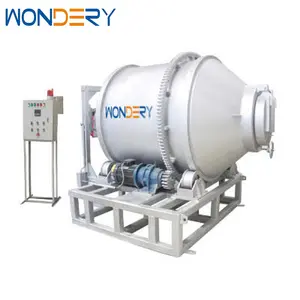
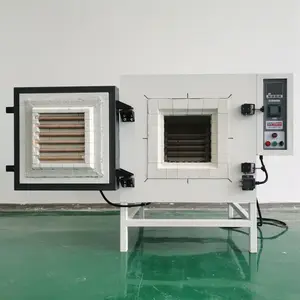





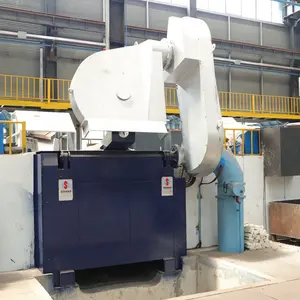










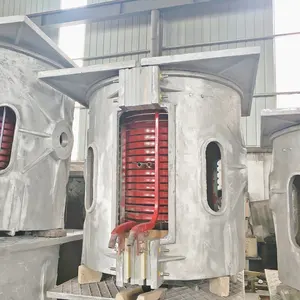

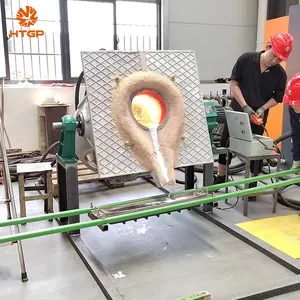
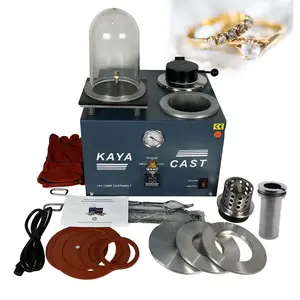
























 浙公网安备 33010002000092号
浙公网安备 33010002000092号 浙B2-20120091-4
浙B2-20120091-4